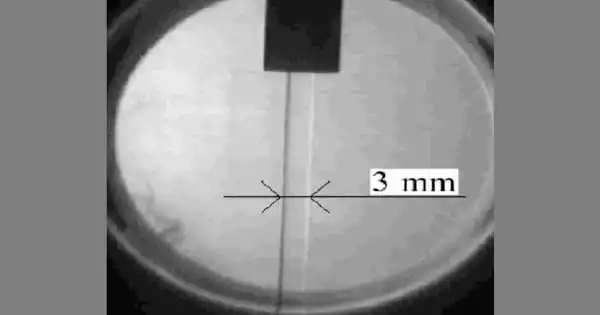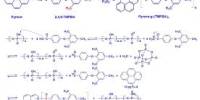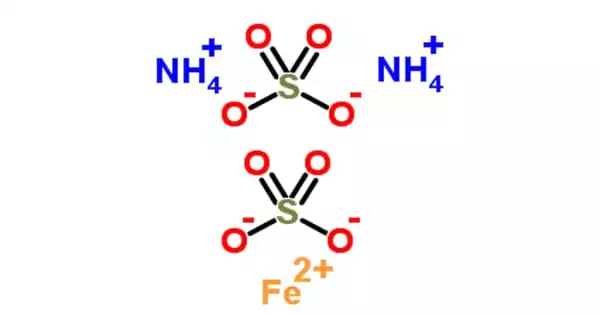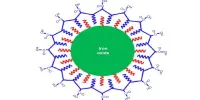Corundum
Definition
Corundum is an extremely hard mineral occurring in many colors, either as shapeless grains or as rhombohedral crystals. It also occurs in gem varieties such as ruby and sapphire and in a dark-colored variety that is used for polishing and scraping. Corundum is found in igneous and carbonate rocks.
Corundum comes in all colours of the rainbow but is most commonly found as opaque crystals with dull colours. Red corundum is called ruby, blue corundum is called sapphire, and all other colours are called fancy sapphires. Some varieties of corundum will fluoresce under short wave and long wave UV light if there is enough chromium in the crystal structure but little iron, which tends to quench any emitted energy.
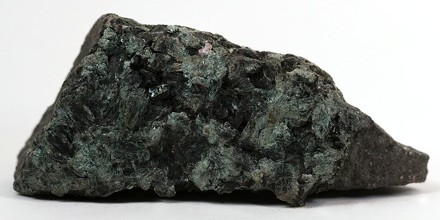
It is commonly used as an abrasive on everything from sandpaper to large machines used in machining metals, plastics, and wood. Some emery is a mix of corundum and other substances, and the mix is less abrasive, with an average Mohs hardness of 8.0.
In addition to its hardness, corundum is unusual for its density of 4.02 g/cm3, which is very high for a transparent mineral composed of the low-atomic mass elements aluminium and oxygen.
Natural and synthetic corundum are used in a wide variety of industrial applications because of their toughness, hardness, and chemical stability. They are used to make industrial bearings, scratch-resistant windows for electronic instruments, wafers for circuit boards, and many other products.
Properties of Corundum
Corundum is an exceptionally hard and tough material. It is the third-hardest mineral, after diamond and moissanite. It serves as the index mineral for a hardness of nine on the Mohs Hardness Scale. Its hardness, high specific gravity, hexagonal crystals and parting are very good diagnostic properties to use in its identification.
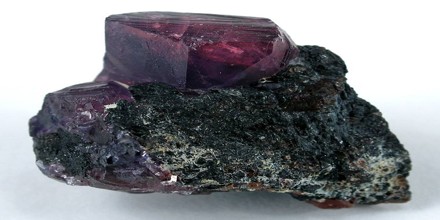
In the lattice of corundum, the oxygen atoms form a slightly distorted hexagonal close packing, in which two-thirds of the gaps between the octahedra are occupied by aluminum ions.
A continuum of colour saturation exists between pink sapphire and ruby that is correlated with trace amounts of Cr. There is no official cutoff for the amount of Cr needed for ruby, but usually rubies will have up to ~1 wt% of Cr2O3. When Cr substitutes for Al, wide absorption bands are generated in the violet (~450 nm) and green-yellow (~500 nm) ranges, as well as overlap a bit into the blue region. The red region of the electromagnetic spectrum (~650 nm) does not have very much absorption at all and results in all colours but red being blocked by ruby. Blue sapphires are generated primarily from pairs of Fe+2 and Ti+4 substituting into the crystal structure for Al+3.
Uses of Corundum
In addition to its use as a precious gem, corundum finds some use as an abrasive, owing to the extreme hardness of the material. It is used for grinding optical glass and for polishing metals and has also been made into sandpapers and grinding wheels. Because of its high melting point (2,040° C, or 3,700° F), it has also been used in refractories.

Corundum is extremely hard, and it can be used to scratch and cut other minerals and gemstones. It is also used as an abrasive, and its powder and granules are used for polishing and grinding. In addition, it is used to make sandpaper and is a major component of emery stone. Corundum is used as a jewel bearing in watches, in ruby lasers and to make scratch-resistant windows in electronic devices. Due to its heat resistant properties, it is also used to make firebricks and kiln furniture.
Pure corundum is colorless, transparent, durable, and scratch resistant. Large crystals of clear synthetic corundum are grown, sawn into thin sheets, and then used as the windows of grocery store scanners, watch crystals, aircraft windows, and protective covers for electronic devices.

